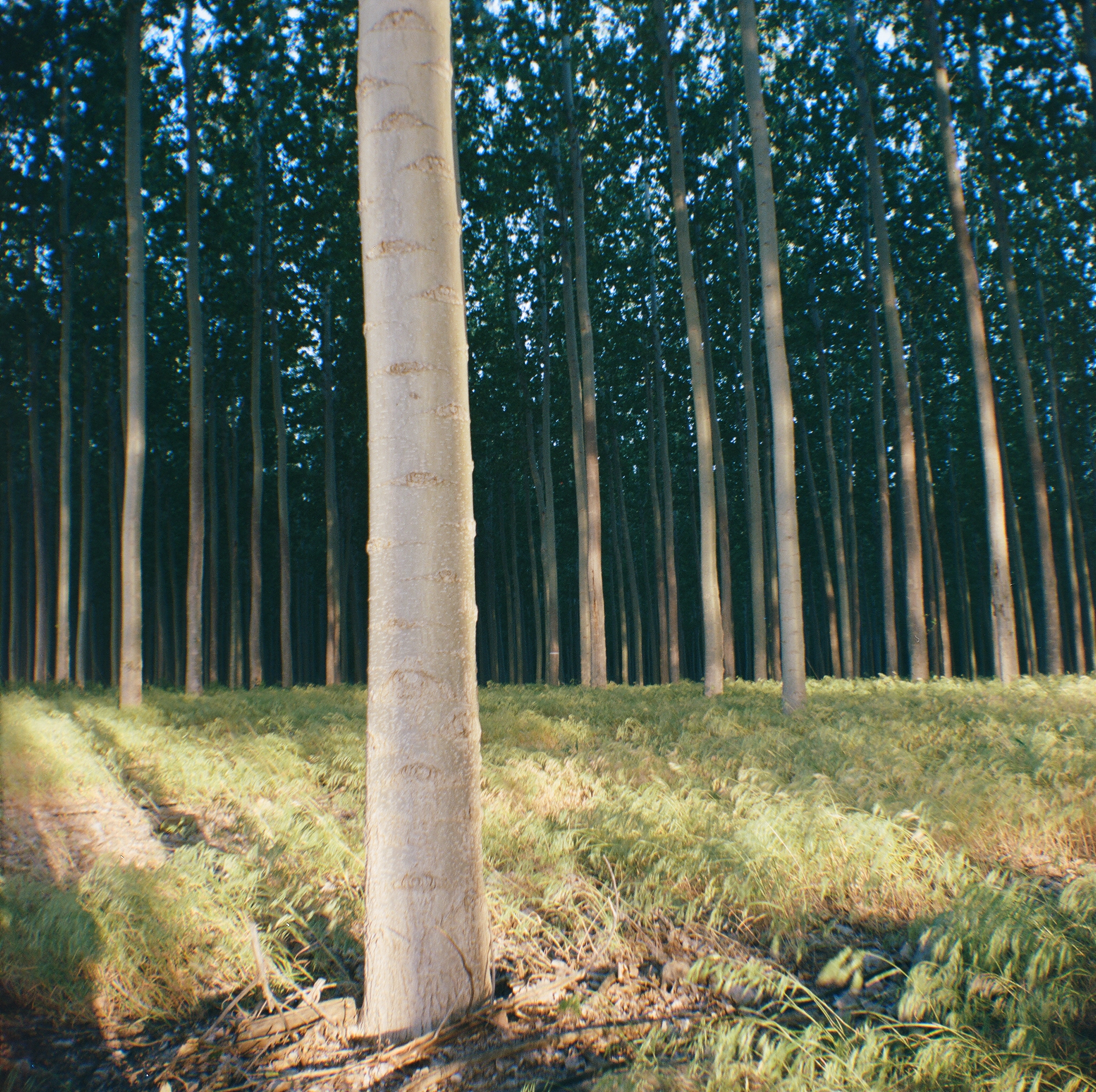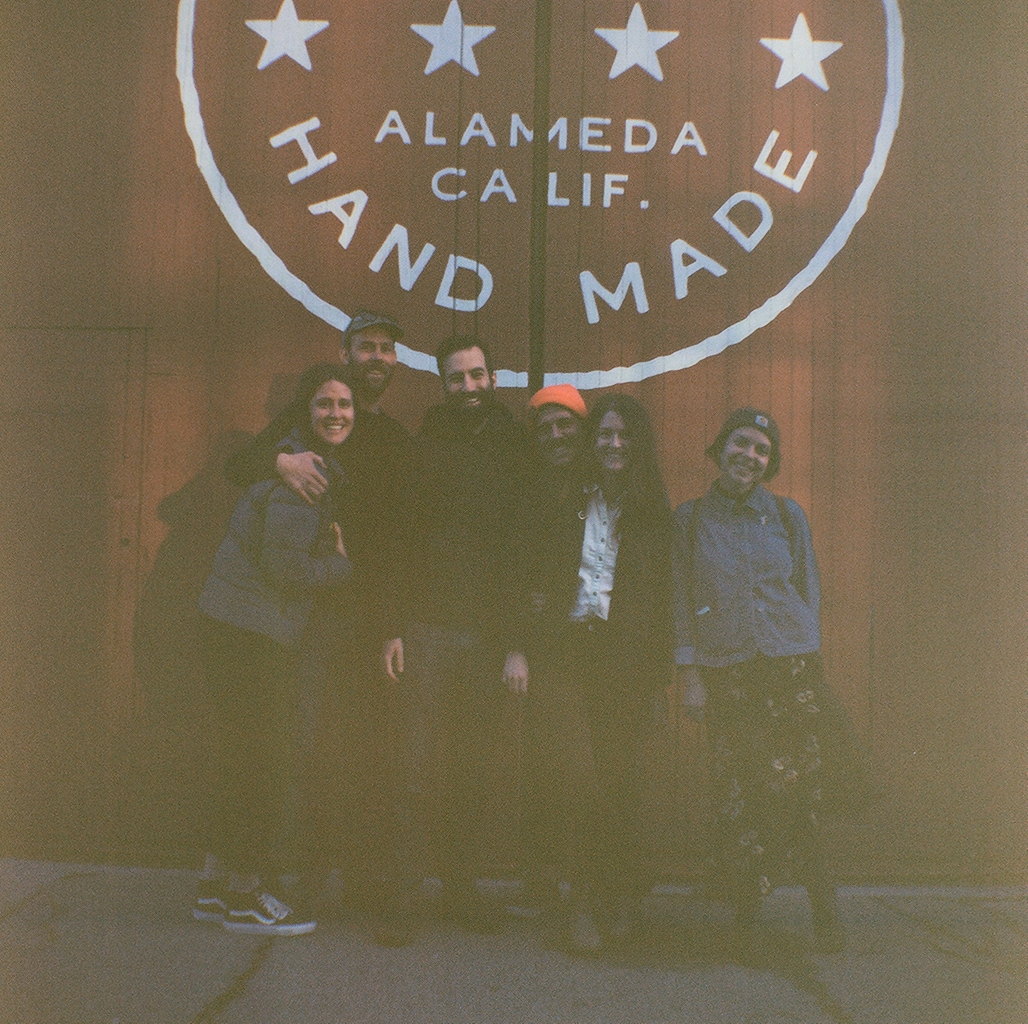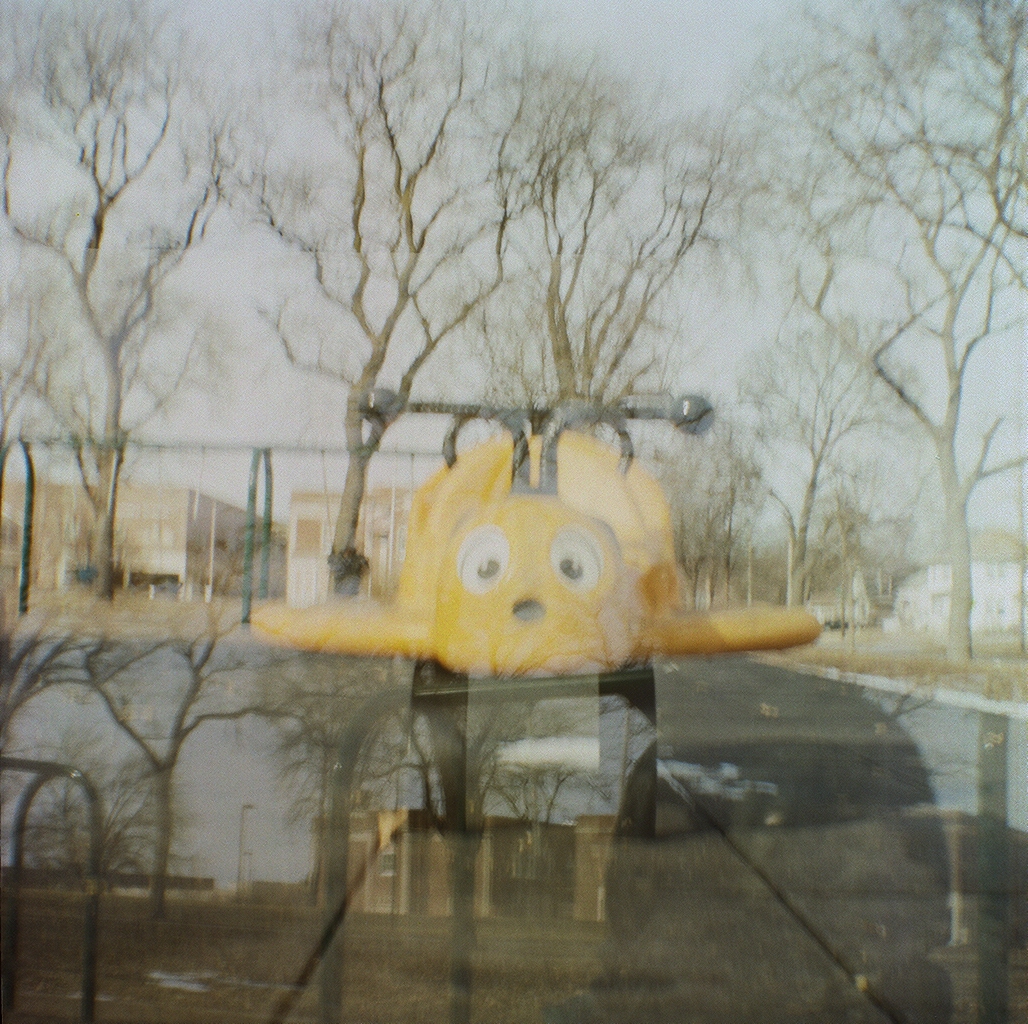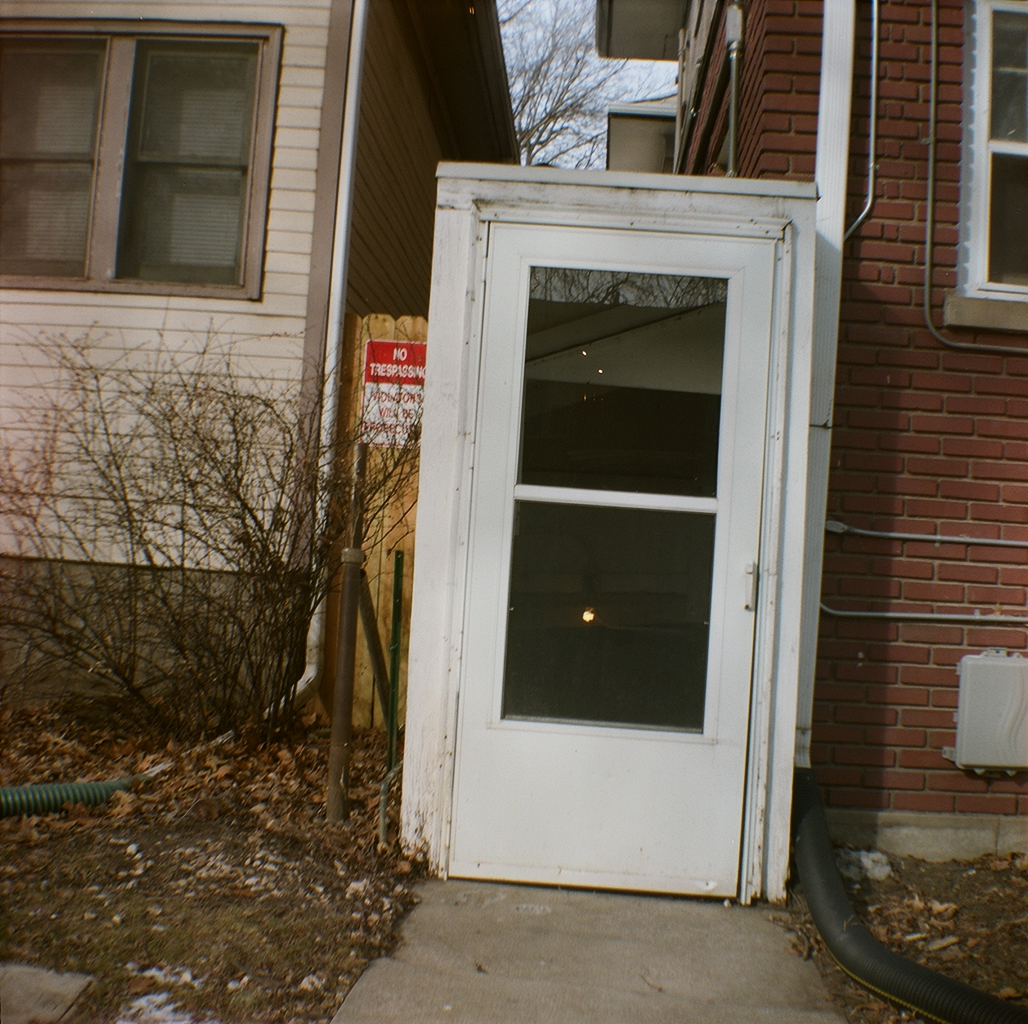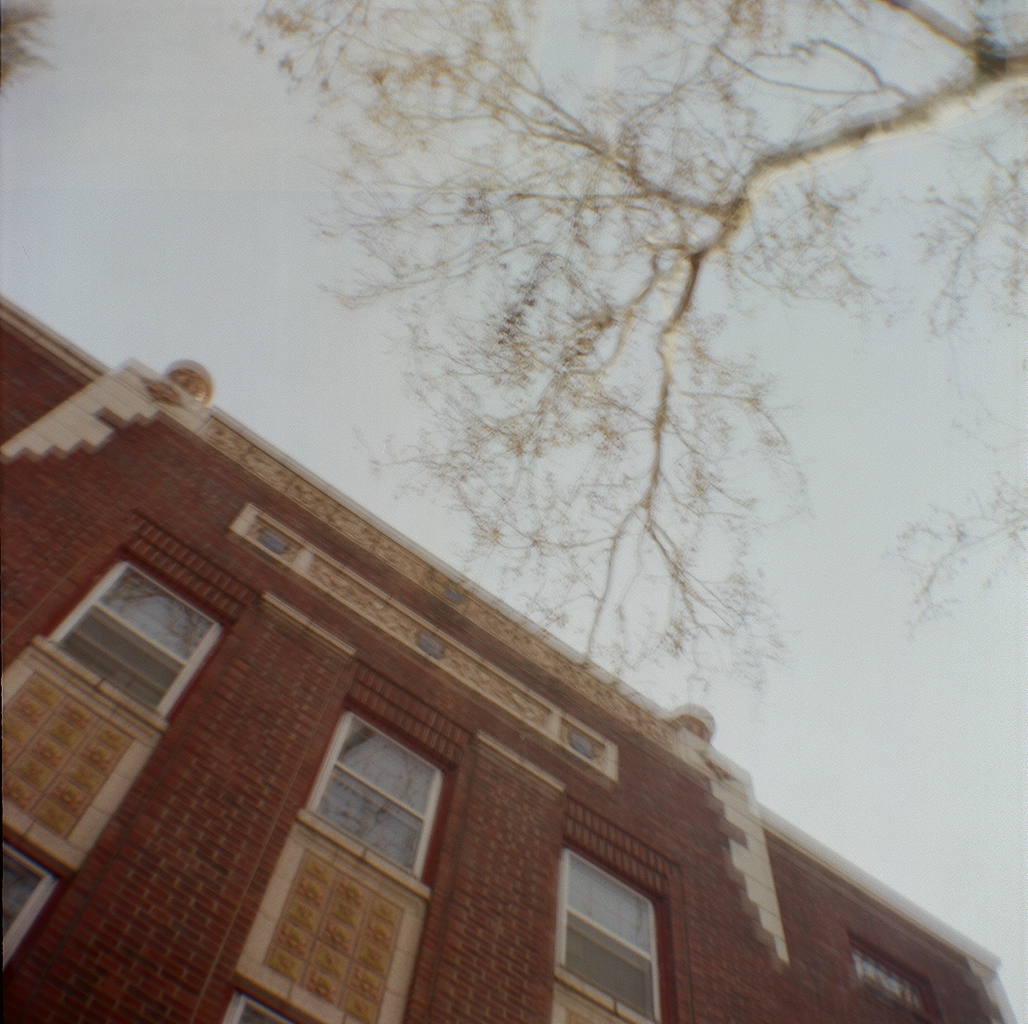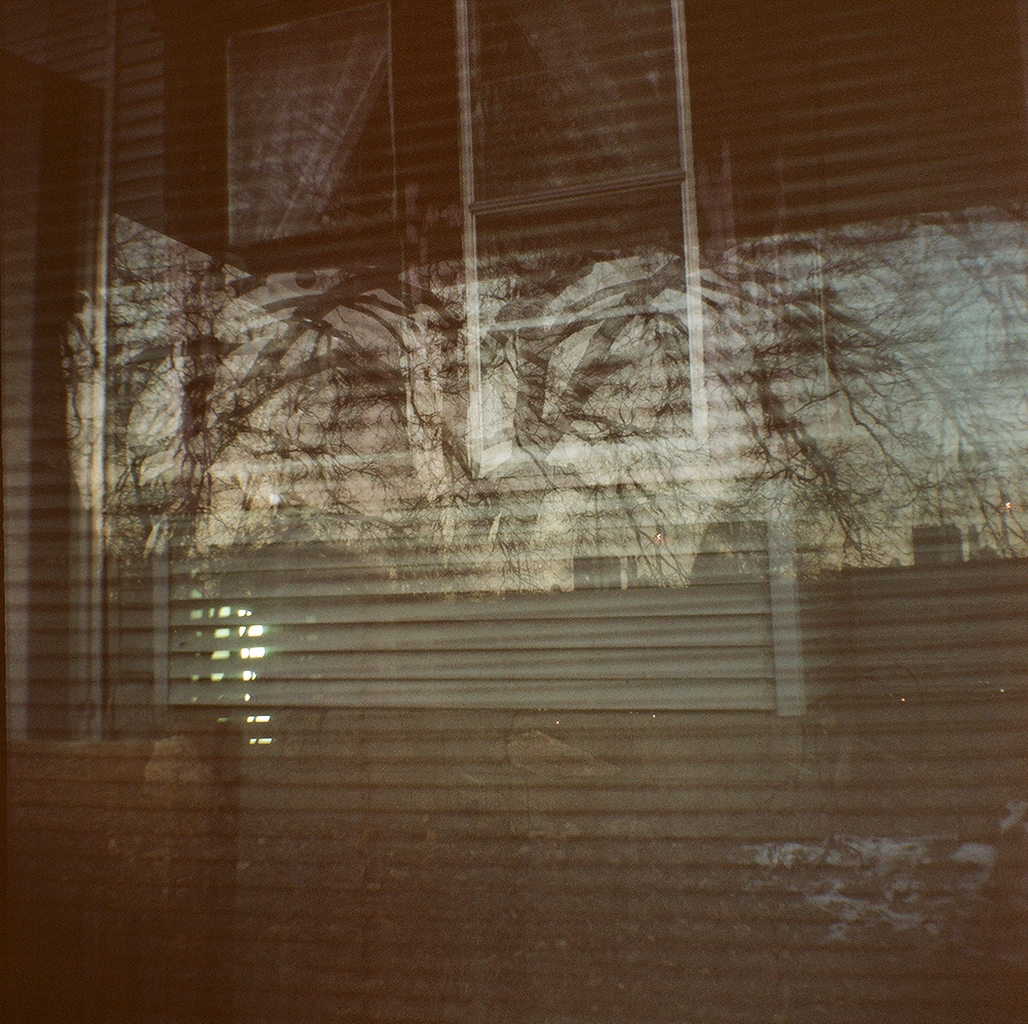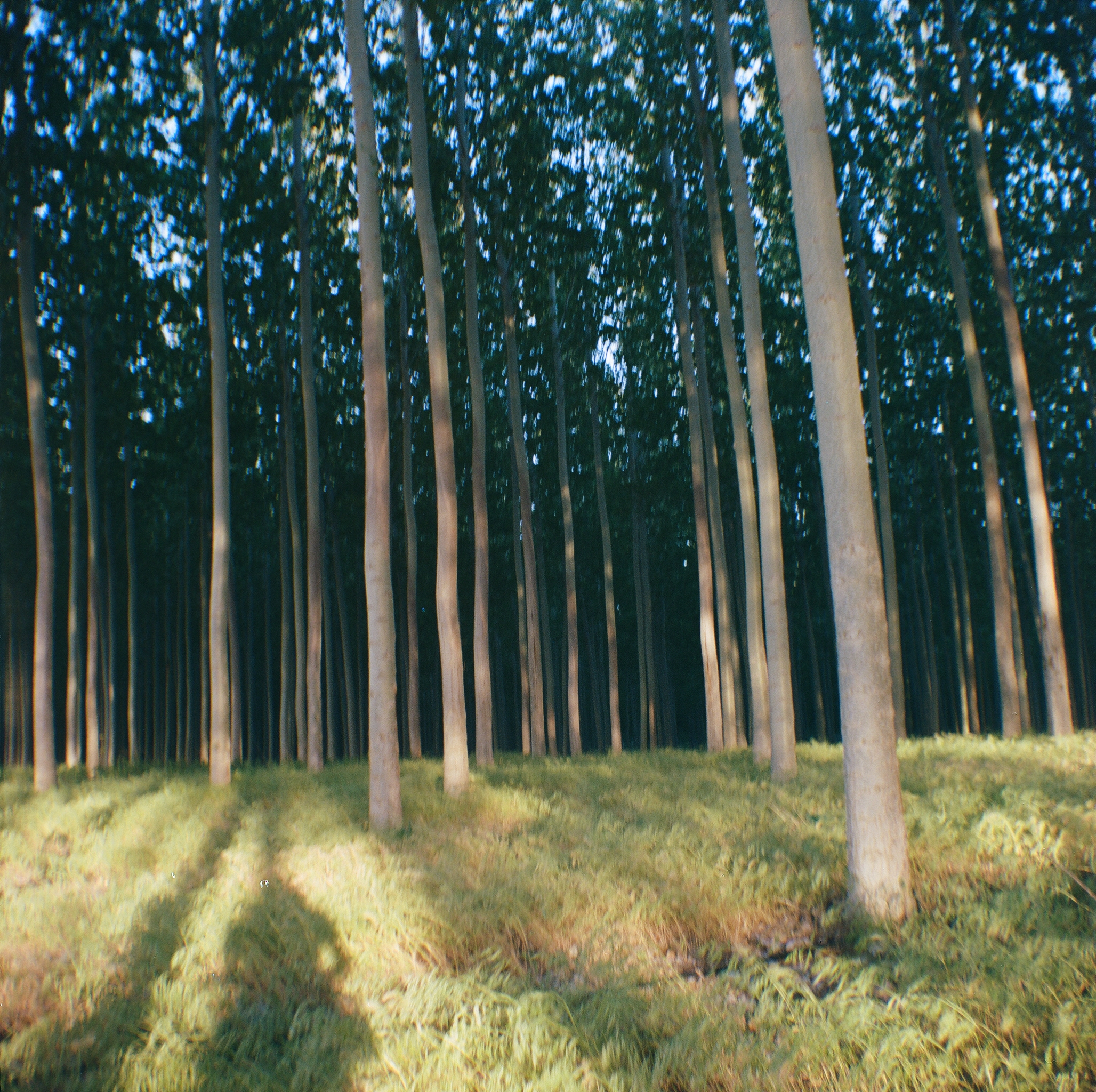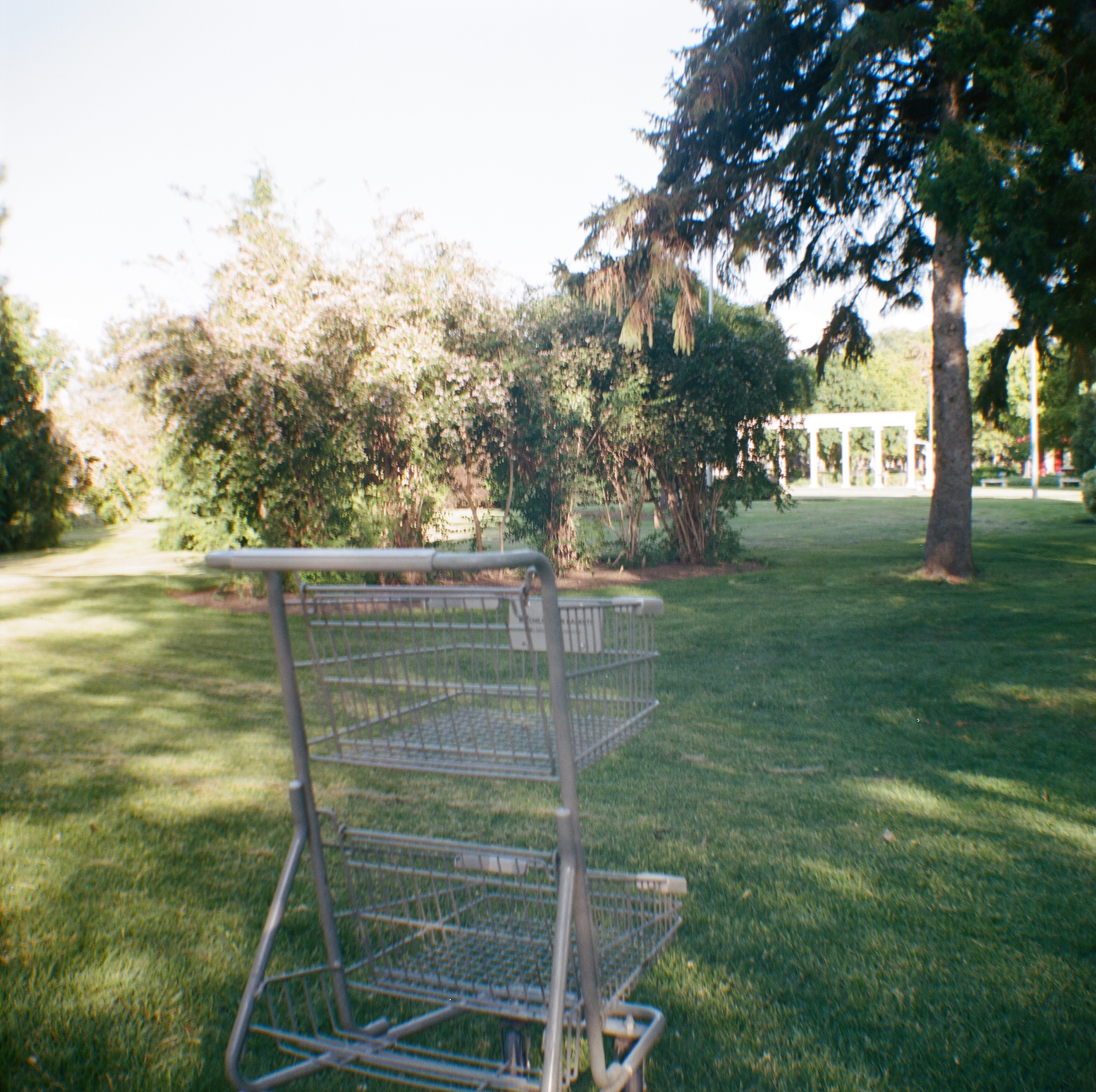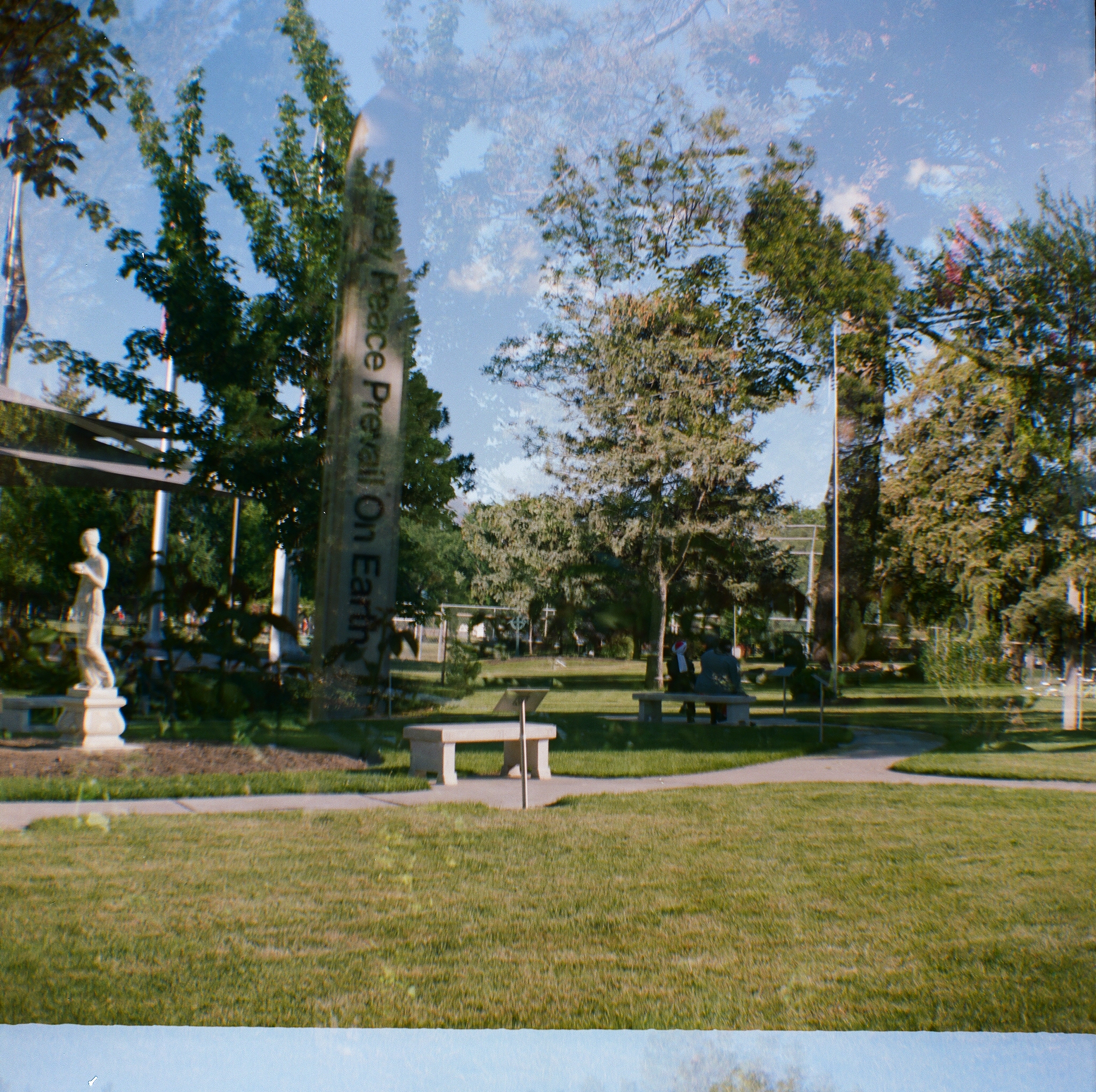2 6 O C T 2 0 1 9 - 2 0 O C T 2 0 2 0
These are the pictures I’ve taken with my Brownie camera since my brother died. Not including the ones from Hawaii. It has been almost a year. I thought about curating them, selecting the most poignant ones, or at least the ones in which an image can be deciphered. But that would not be true to grief’s form as I’ve experienced it.
![]()
![]()
![]()
![]()
![]()
![]()
![]()
![]()
![]()
![]()
![]()
![]()
![]()
![]()
![]()
![]()
![]()
![]()
![]()
![]()
![]()
![]()
![]()
![]()
![]()
![]()
![]()
![]()
![]()
![]()
![]()
![]()
![]()
![]()
![]()
![]()
![]()
These are the pictures I’ve taken with my Brownie camera since my brother died. Not including the ones from Hawaii. It has been almost a year. I thought about curating them, selecting the most poignant ones, or at least the ones in which an image can be deciphered. But that would not be true to grief’s form as I’ve experienced it.
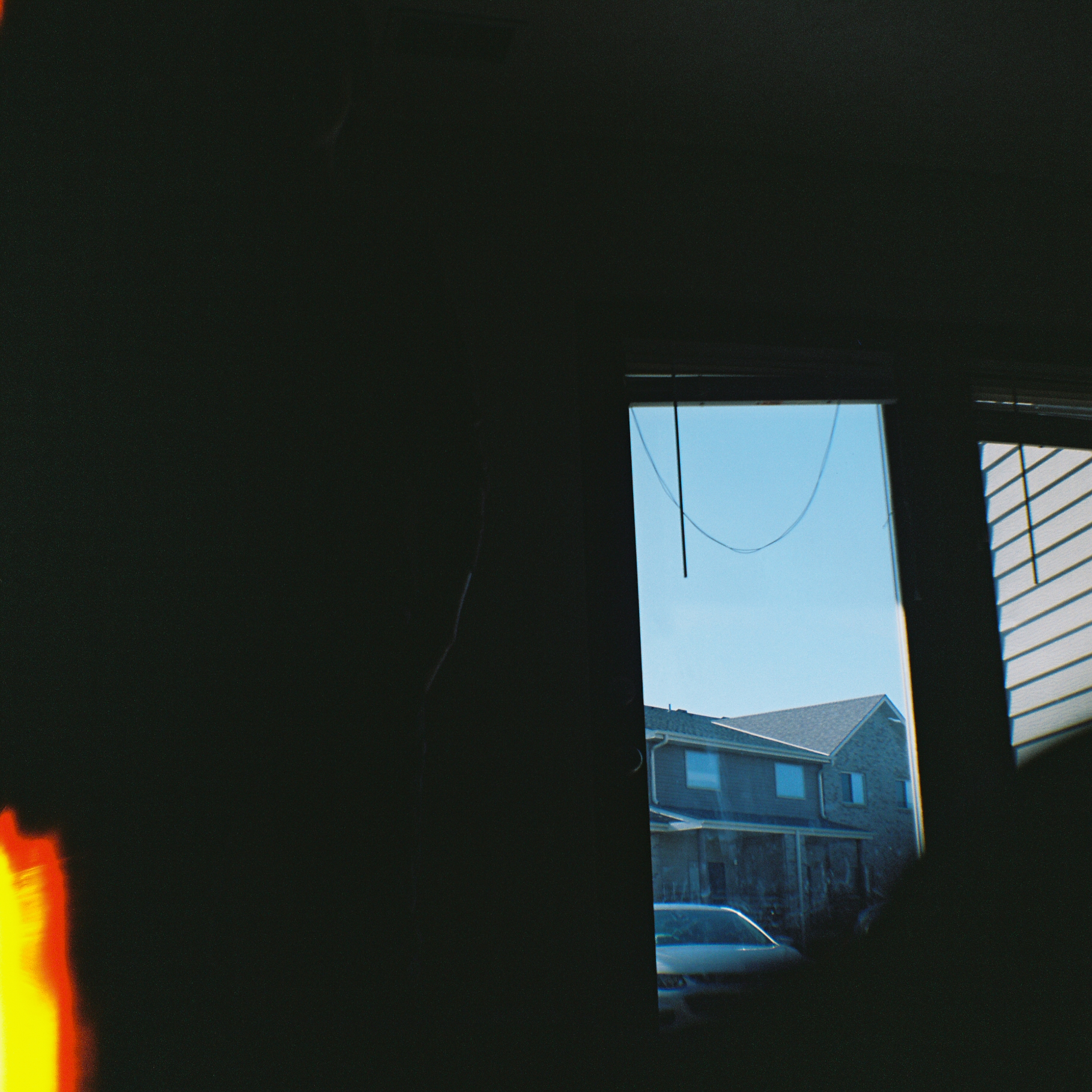





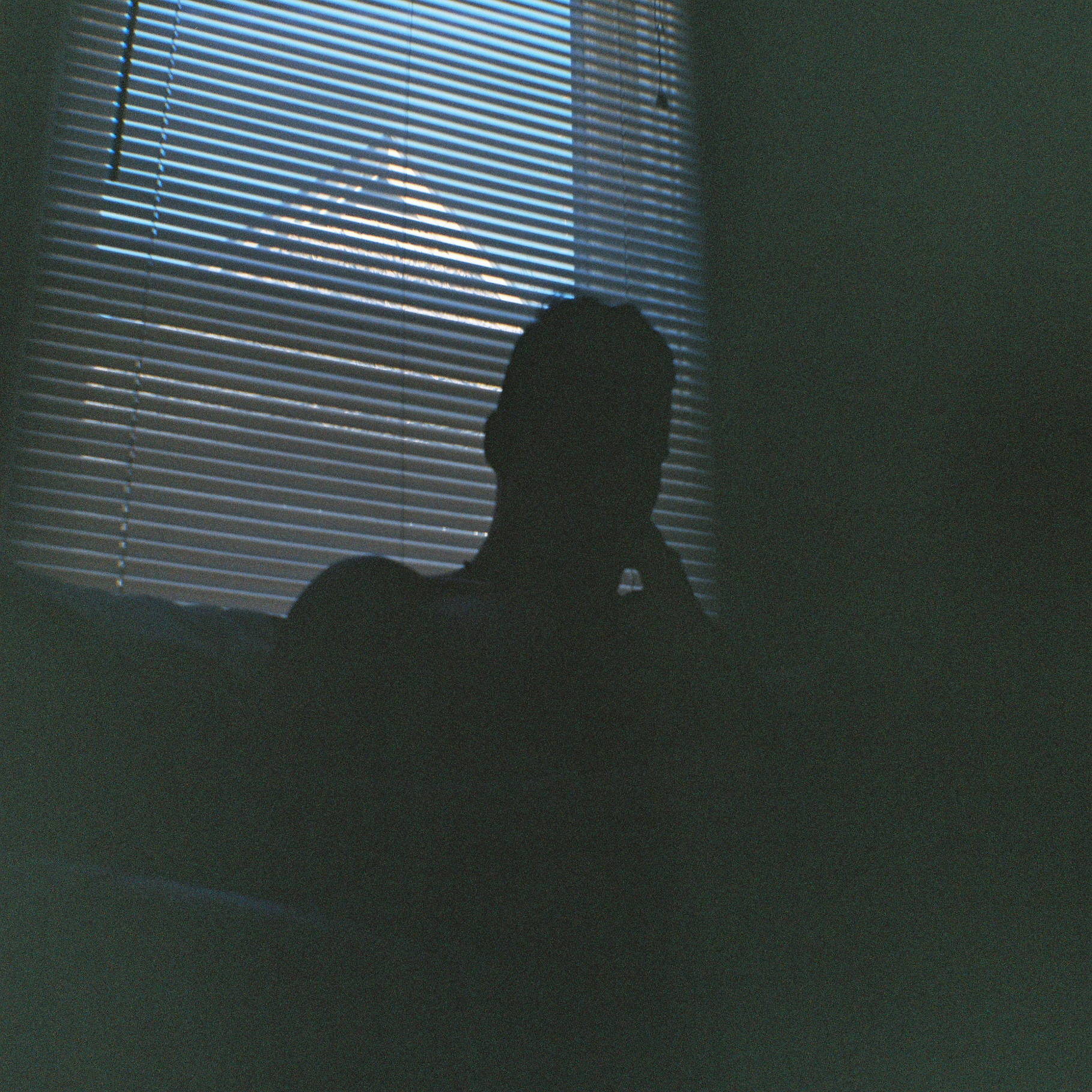
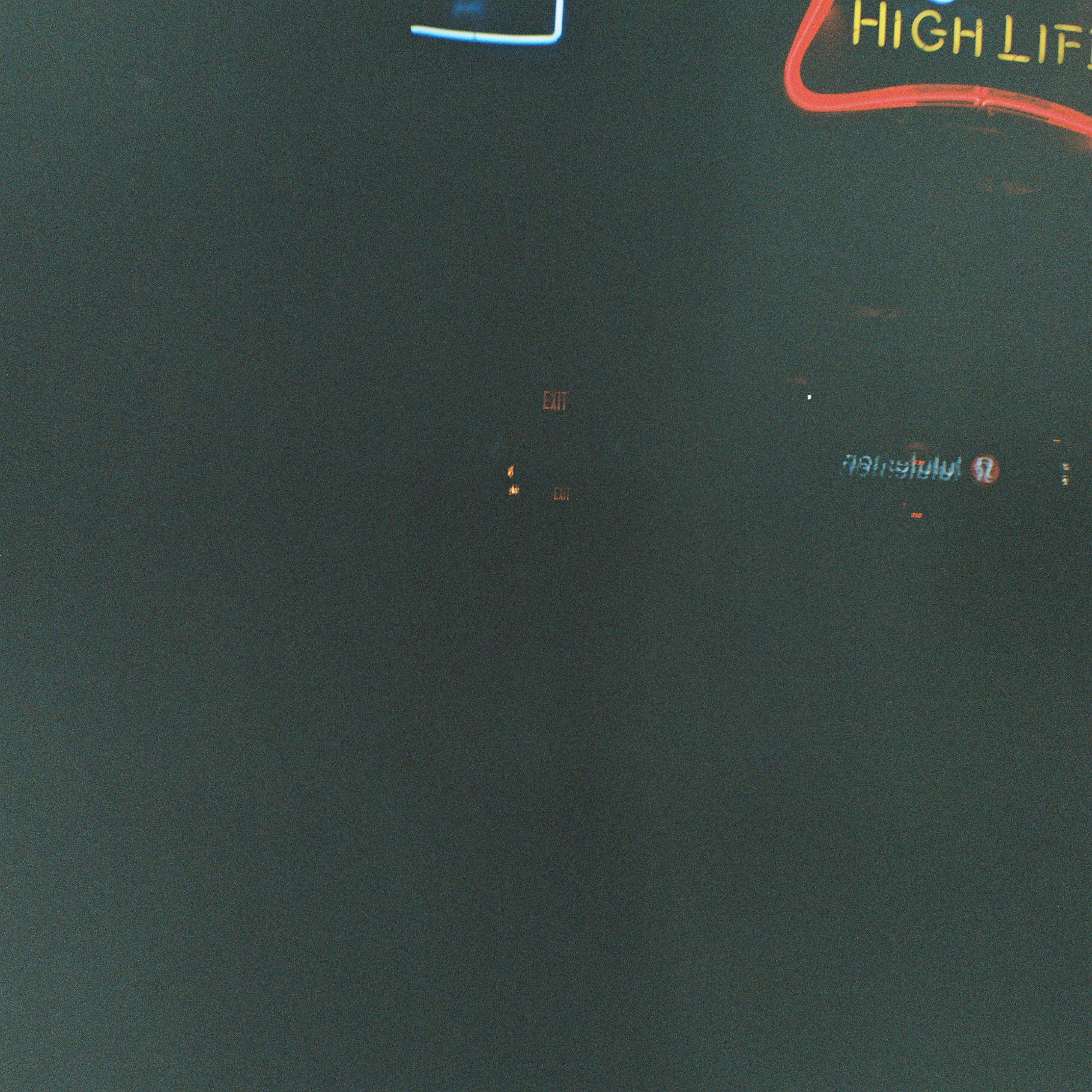
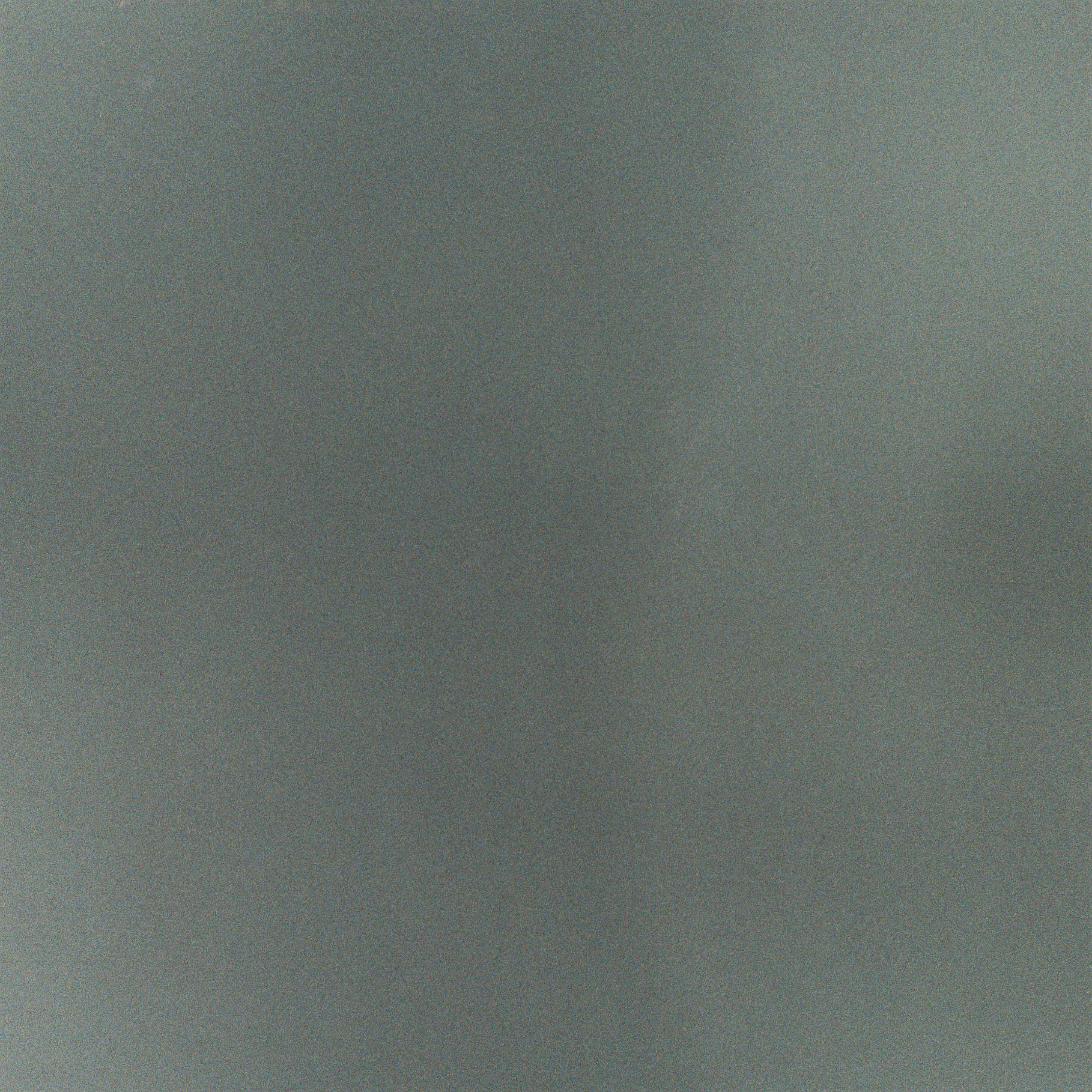
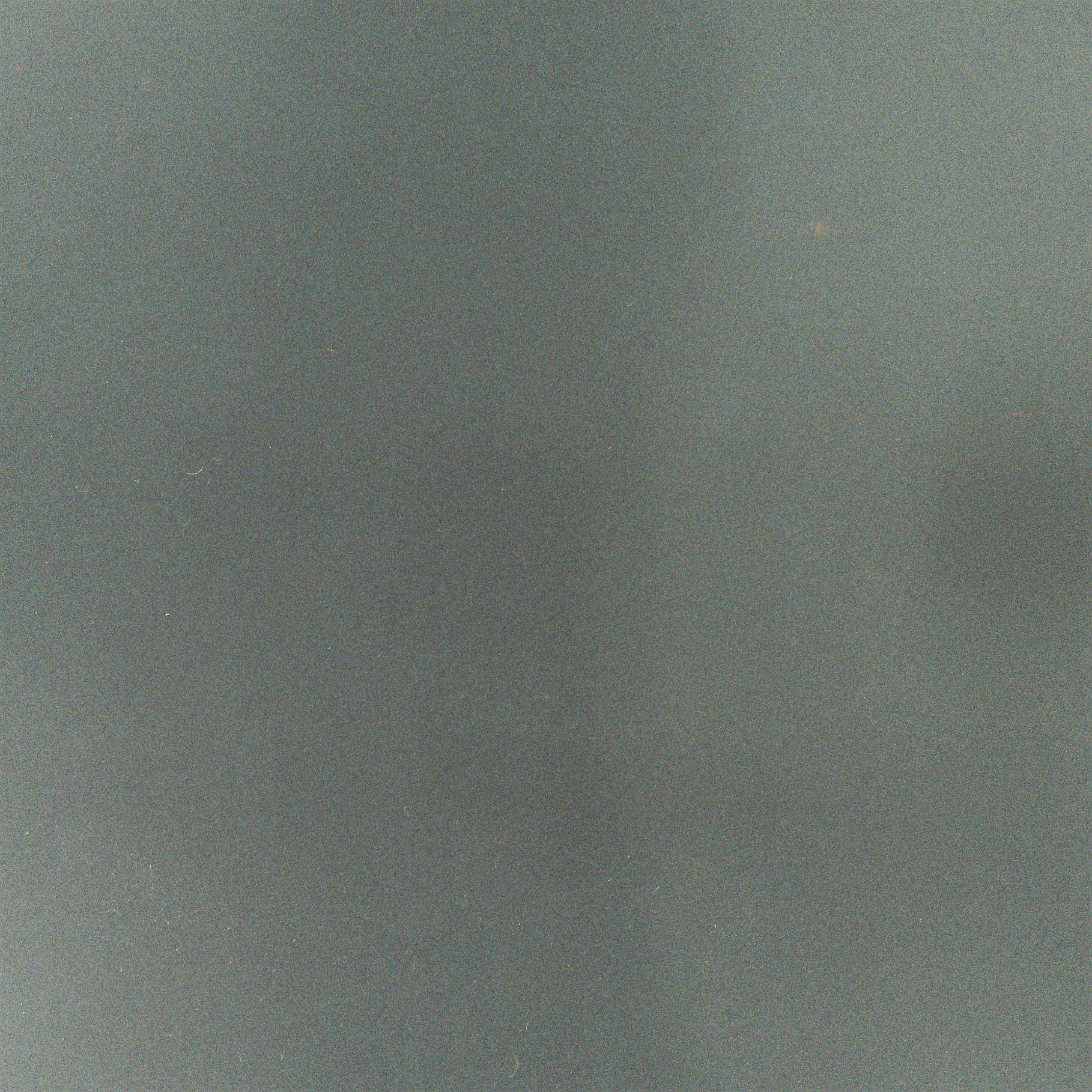

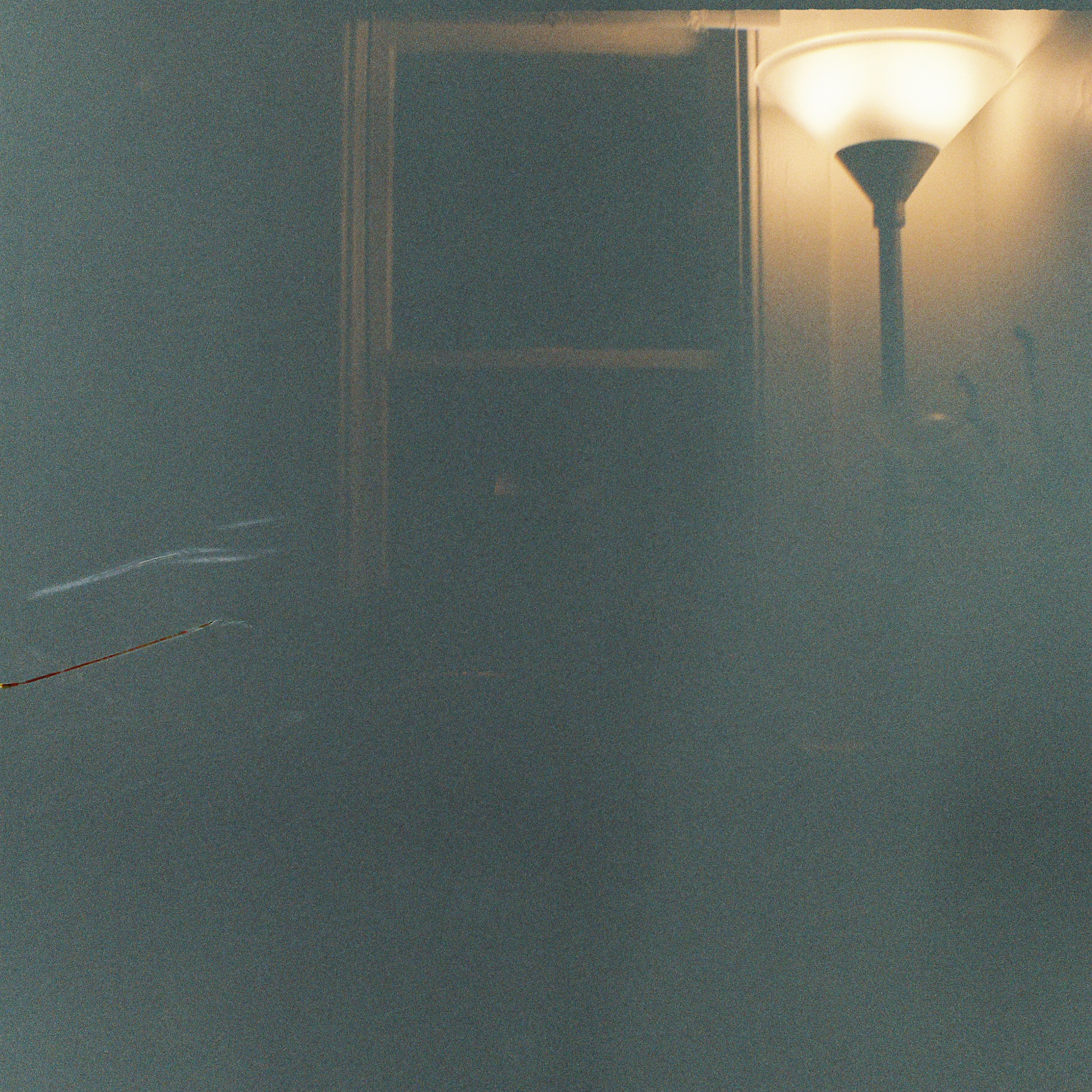
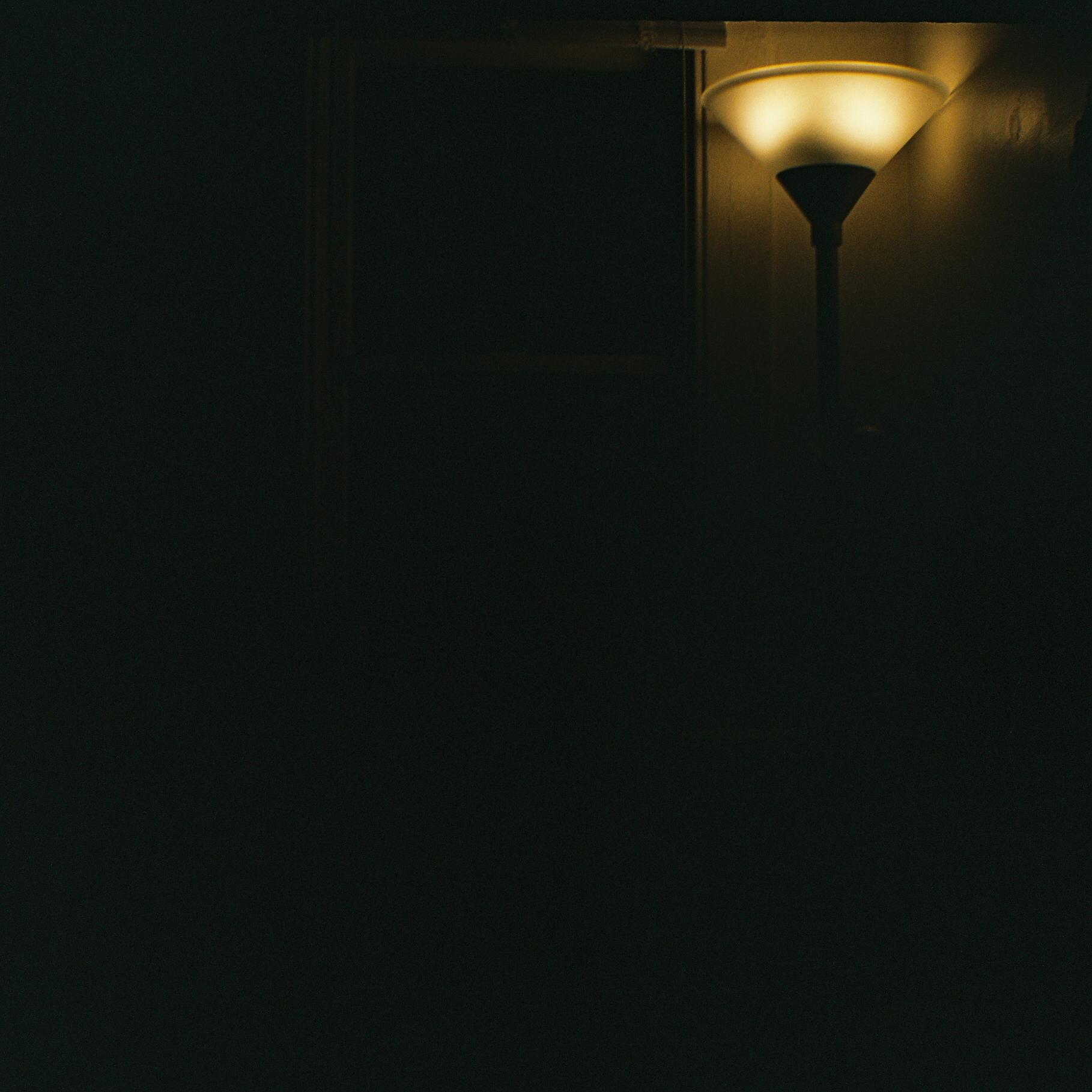
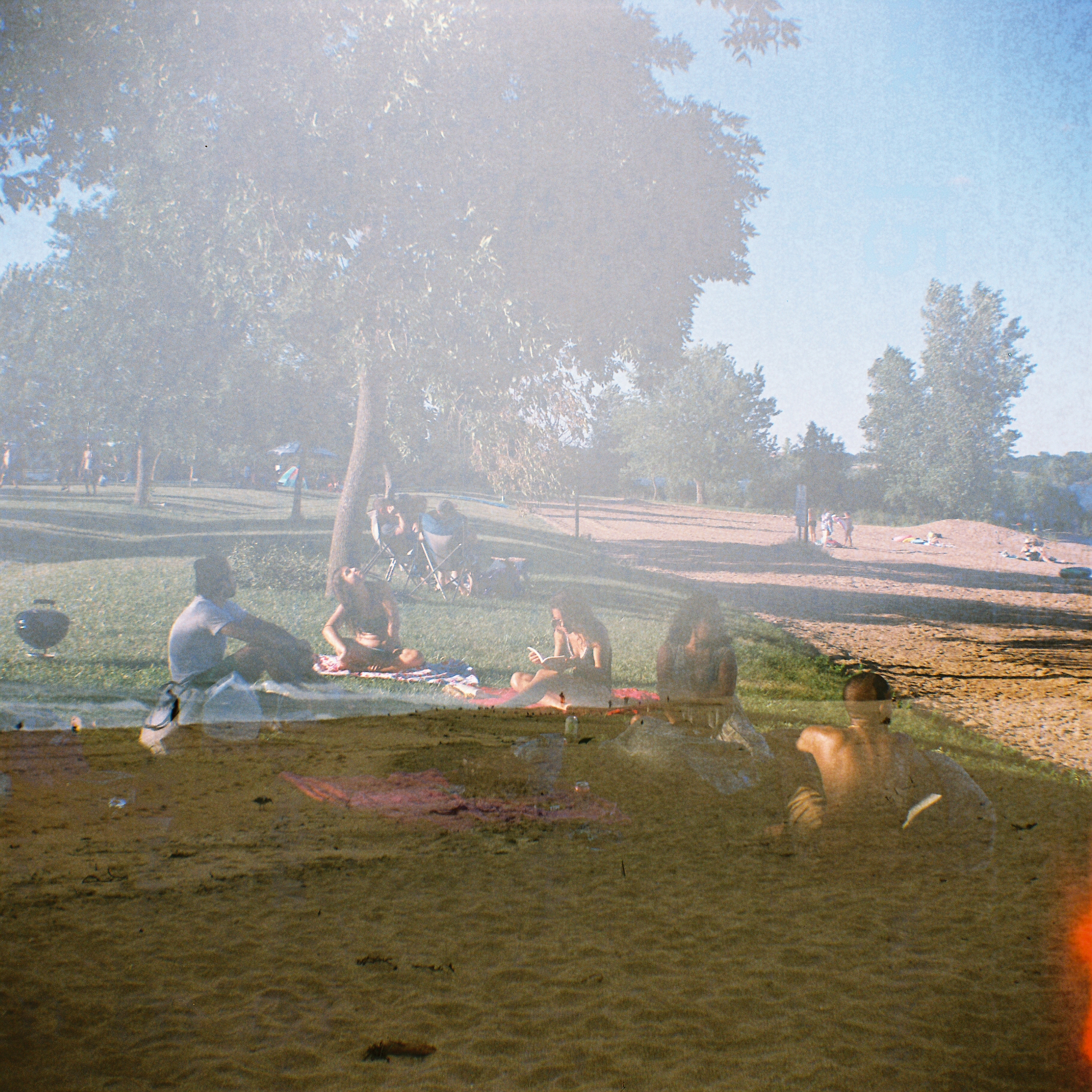
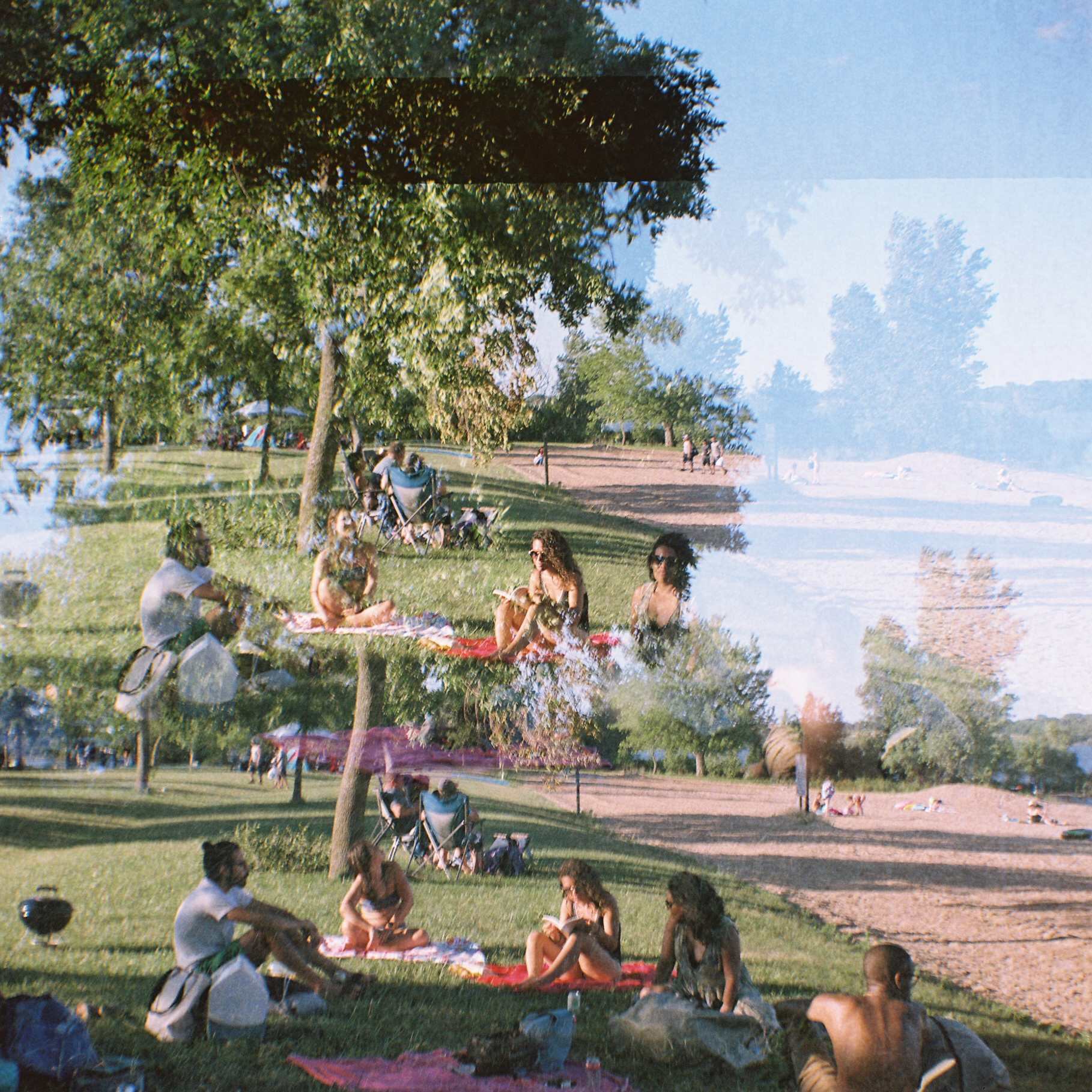
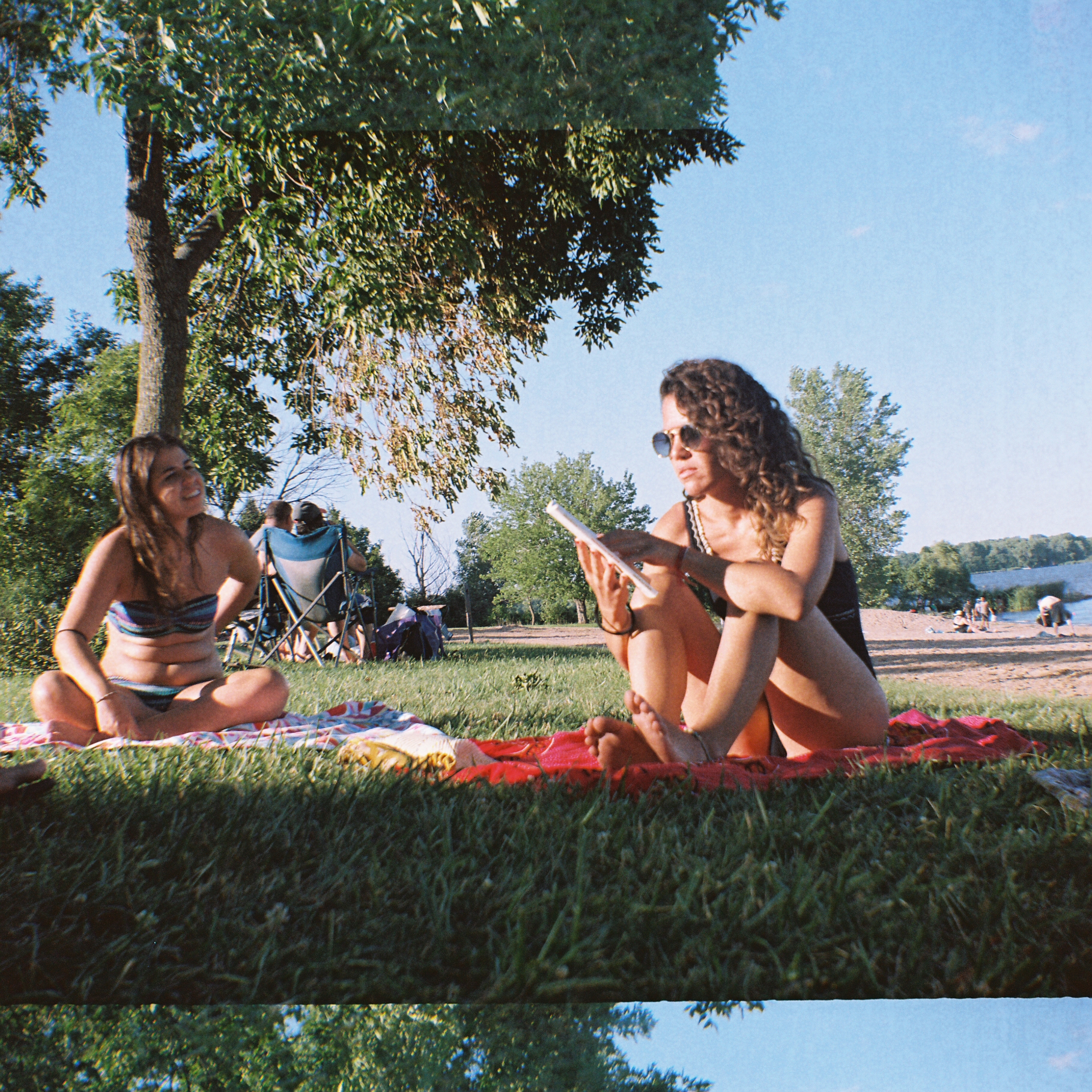

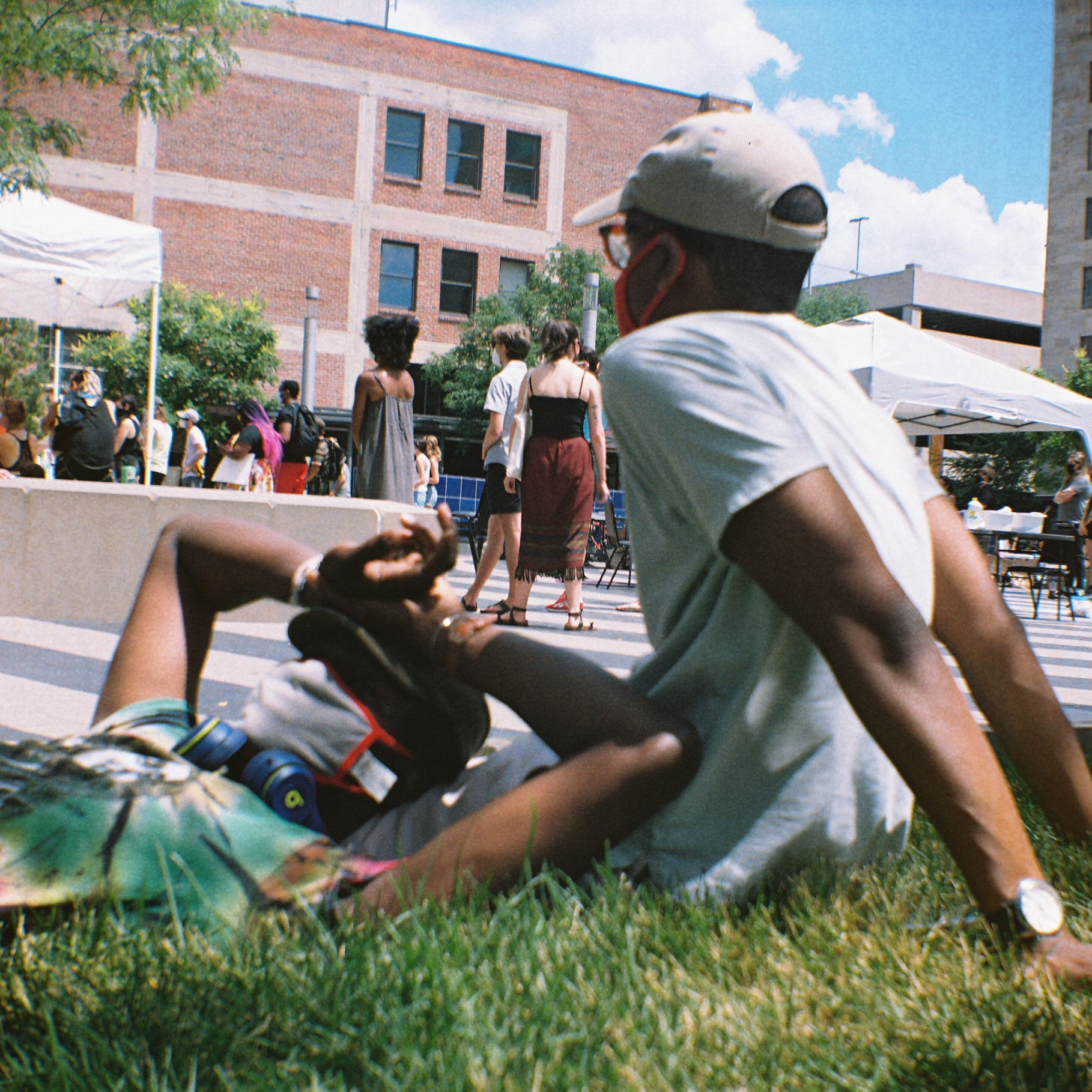
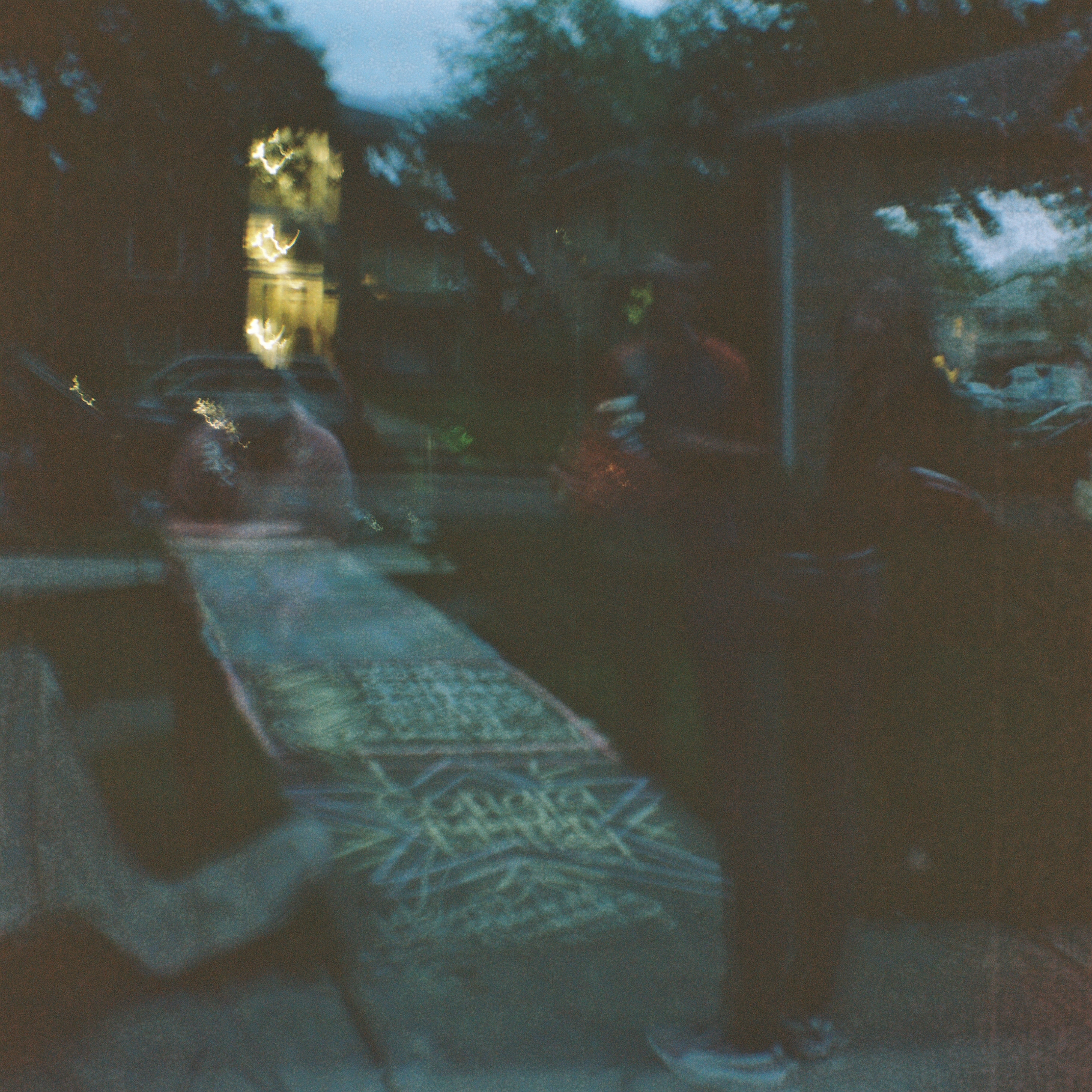







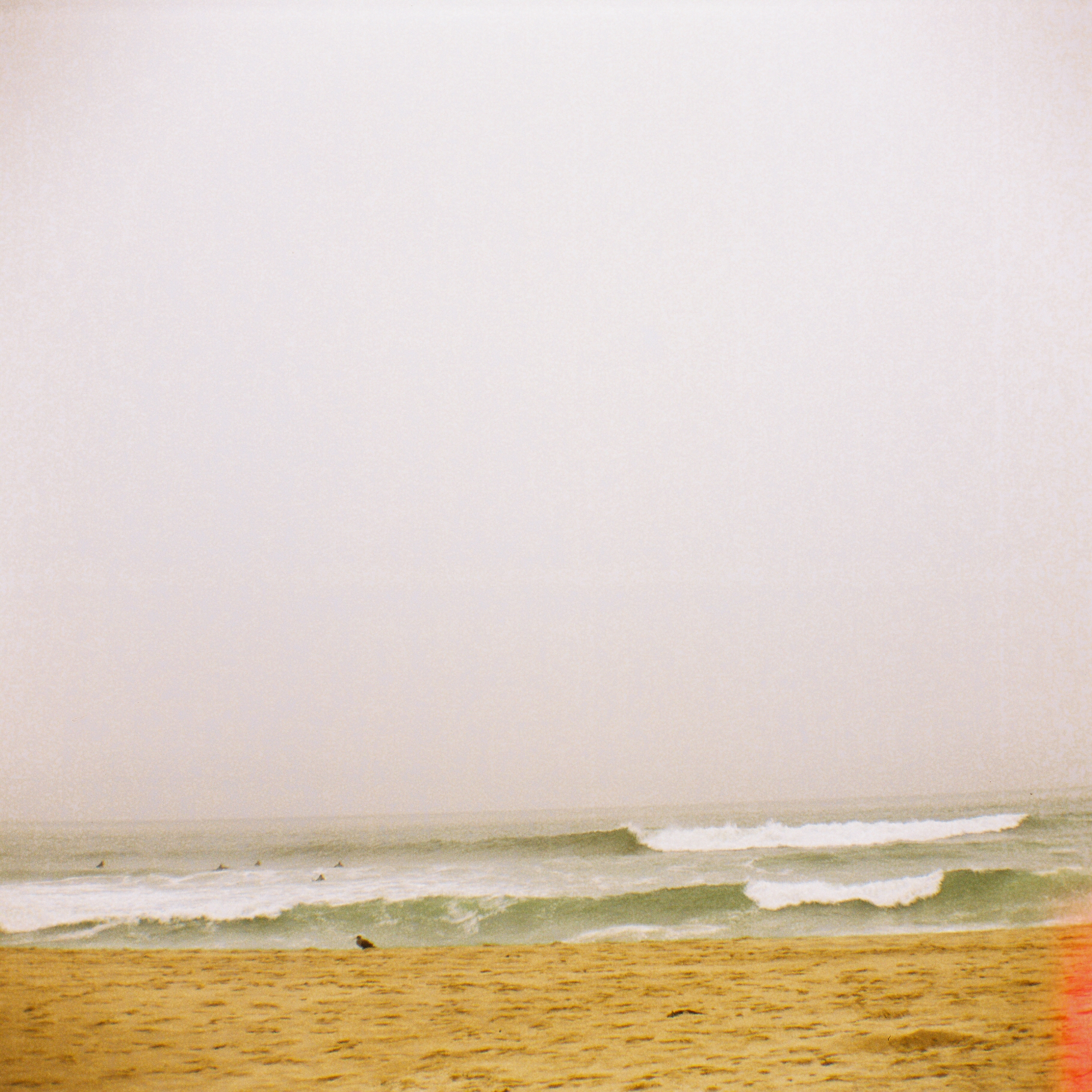


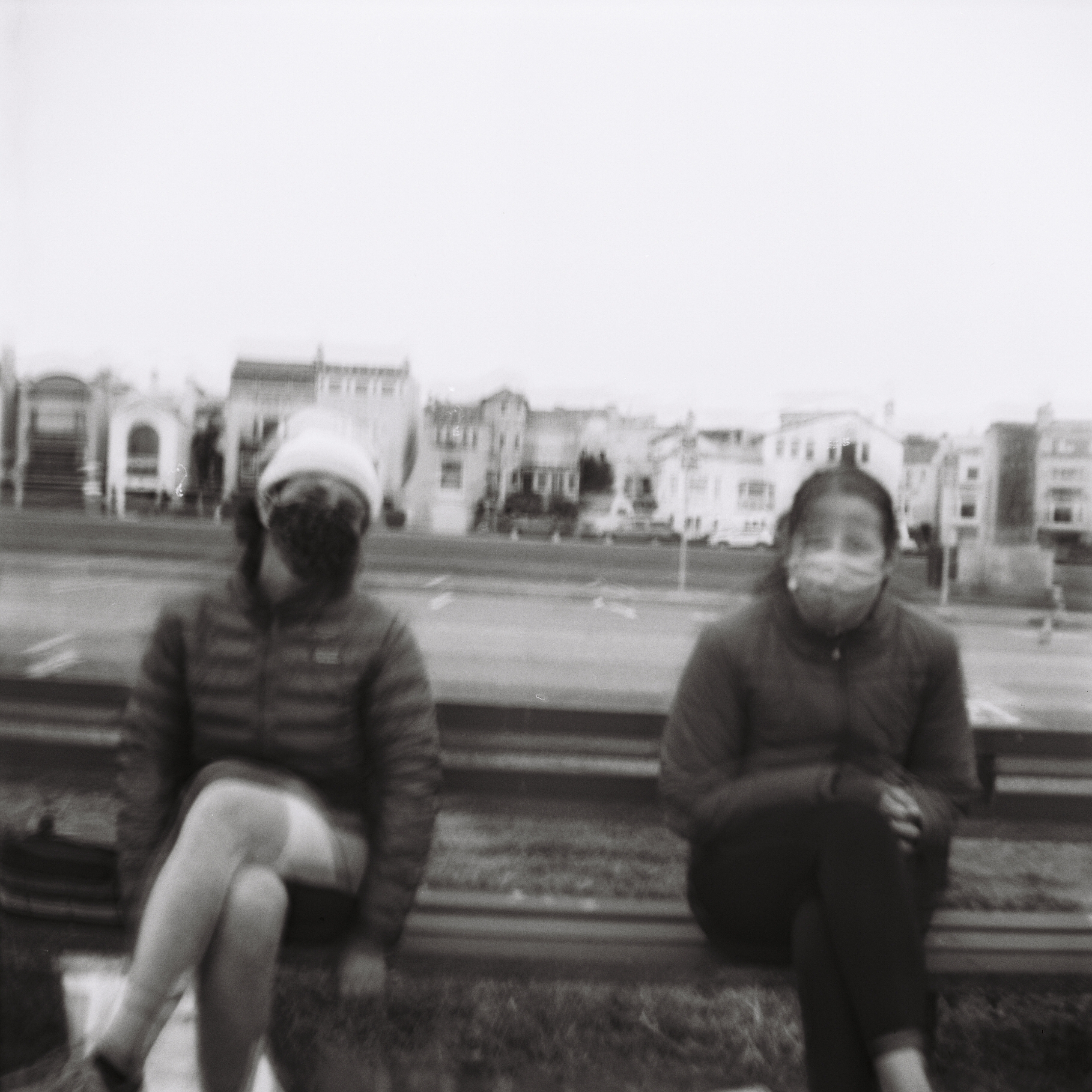
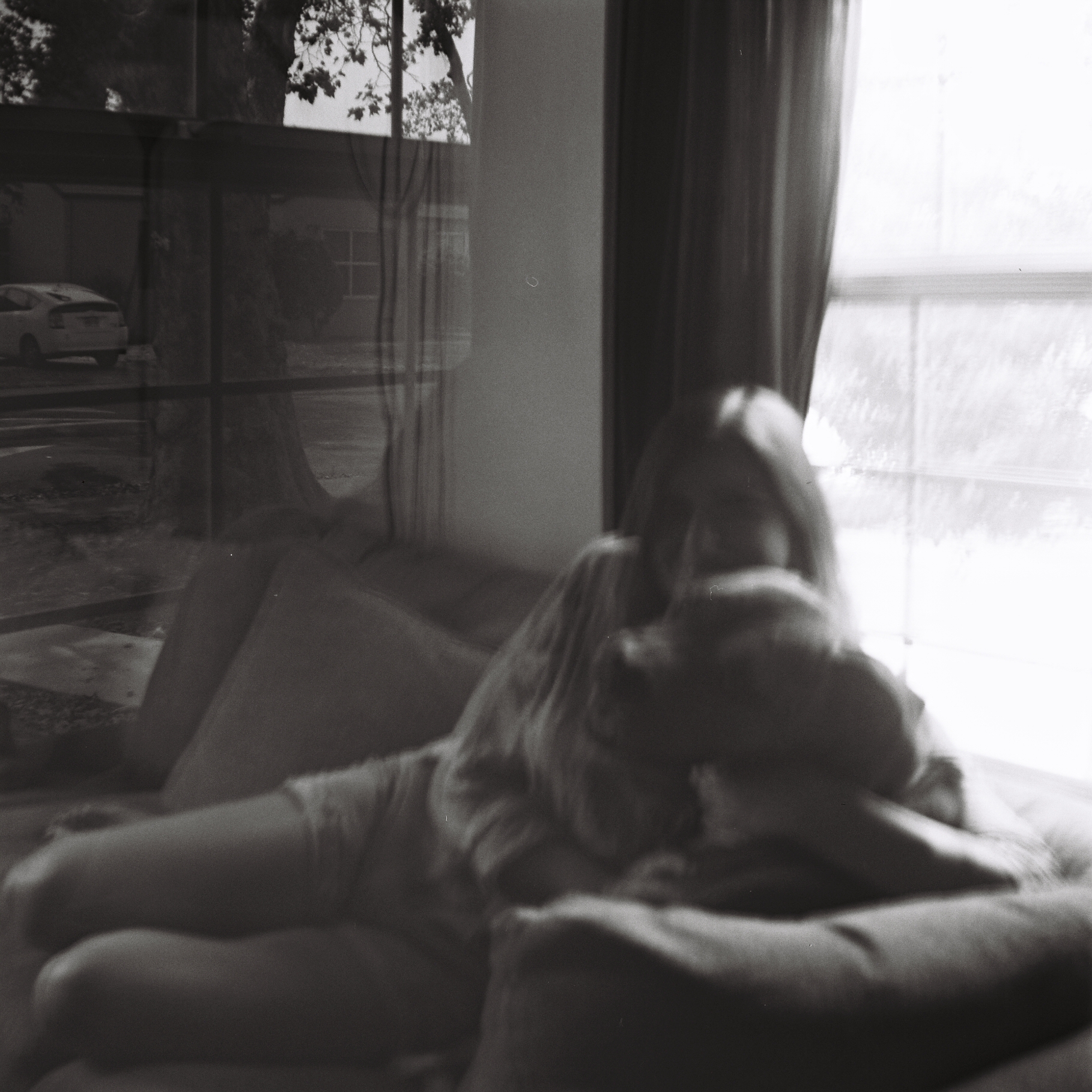

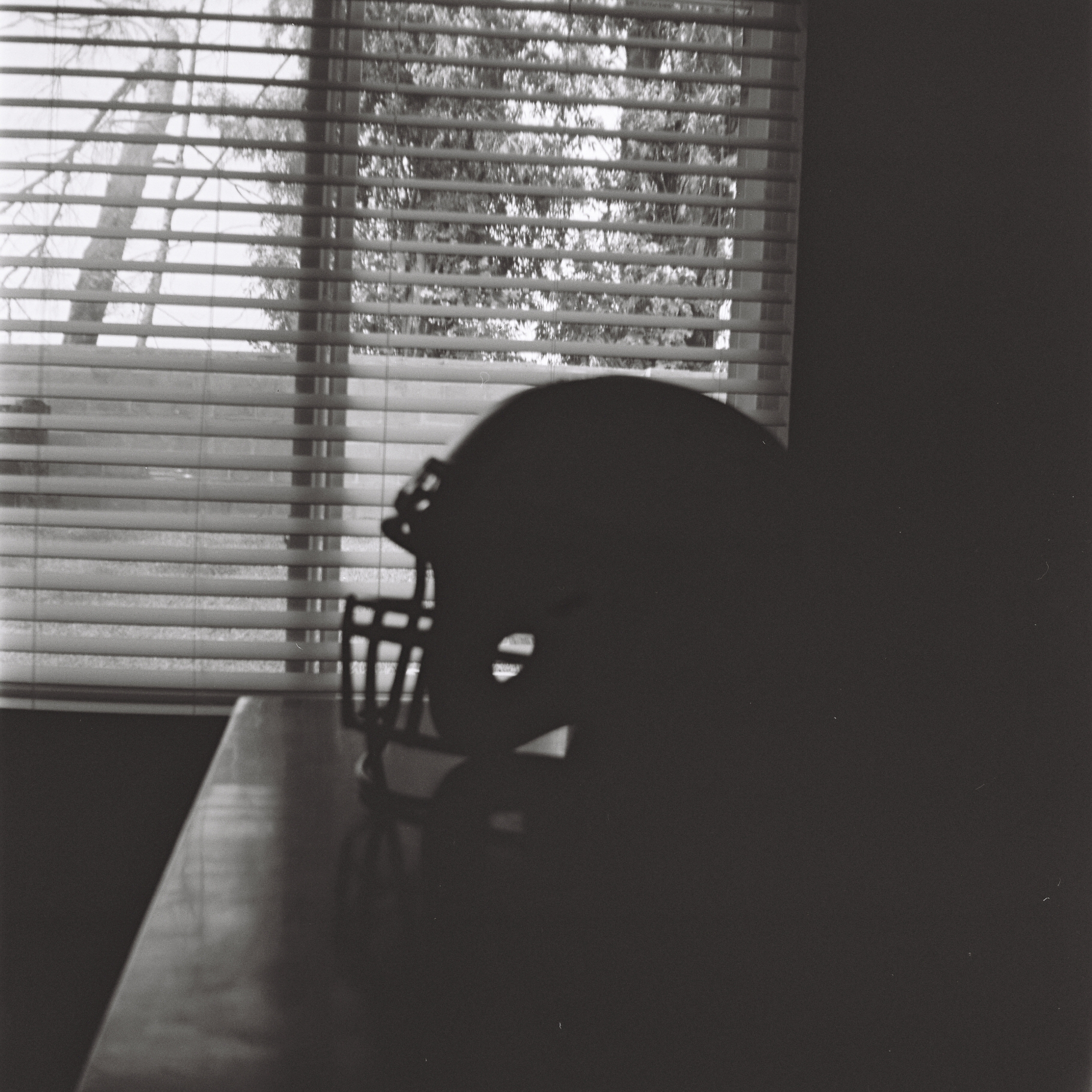
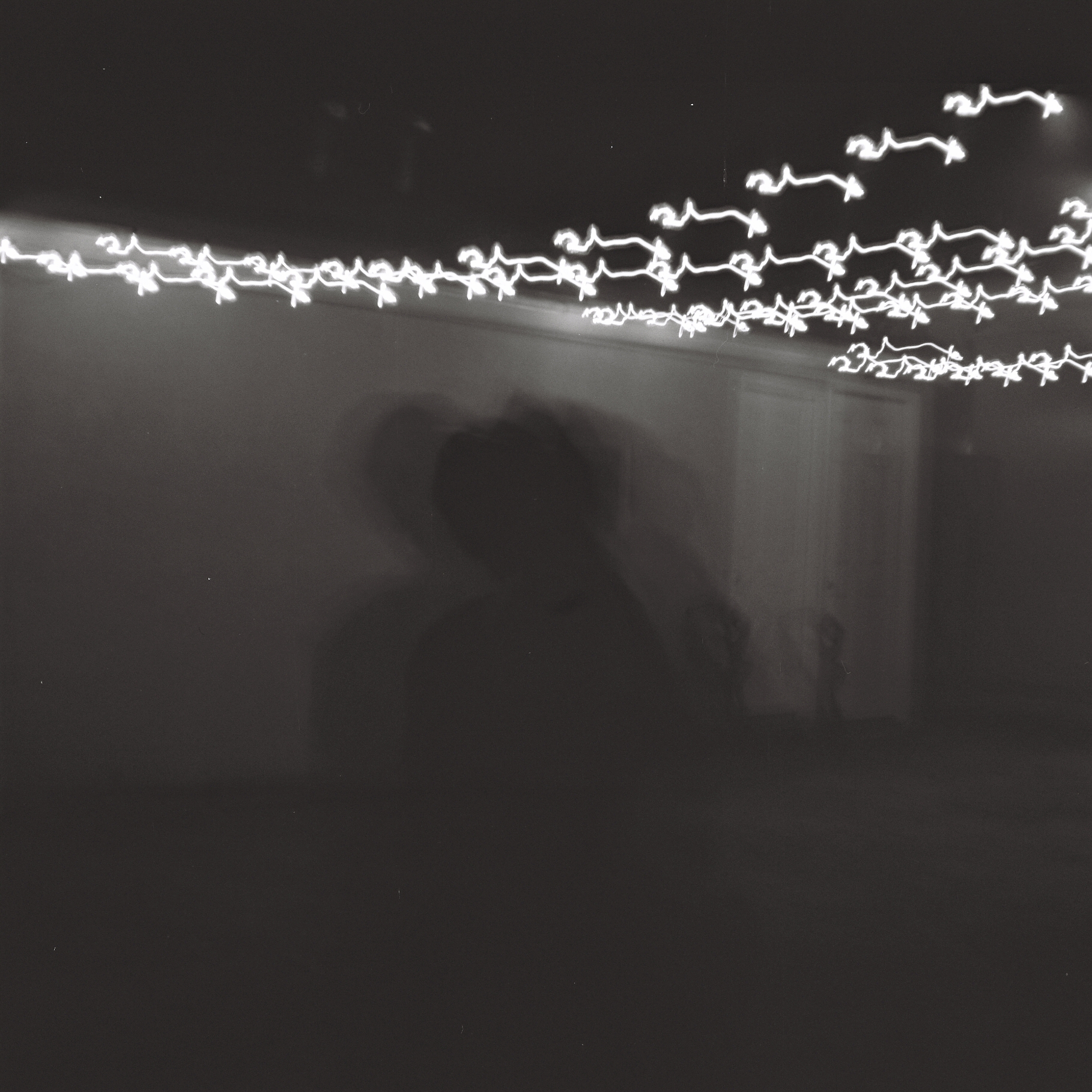
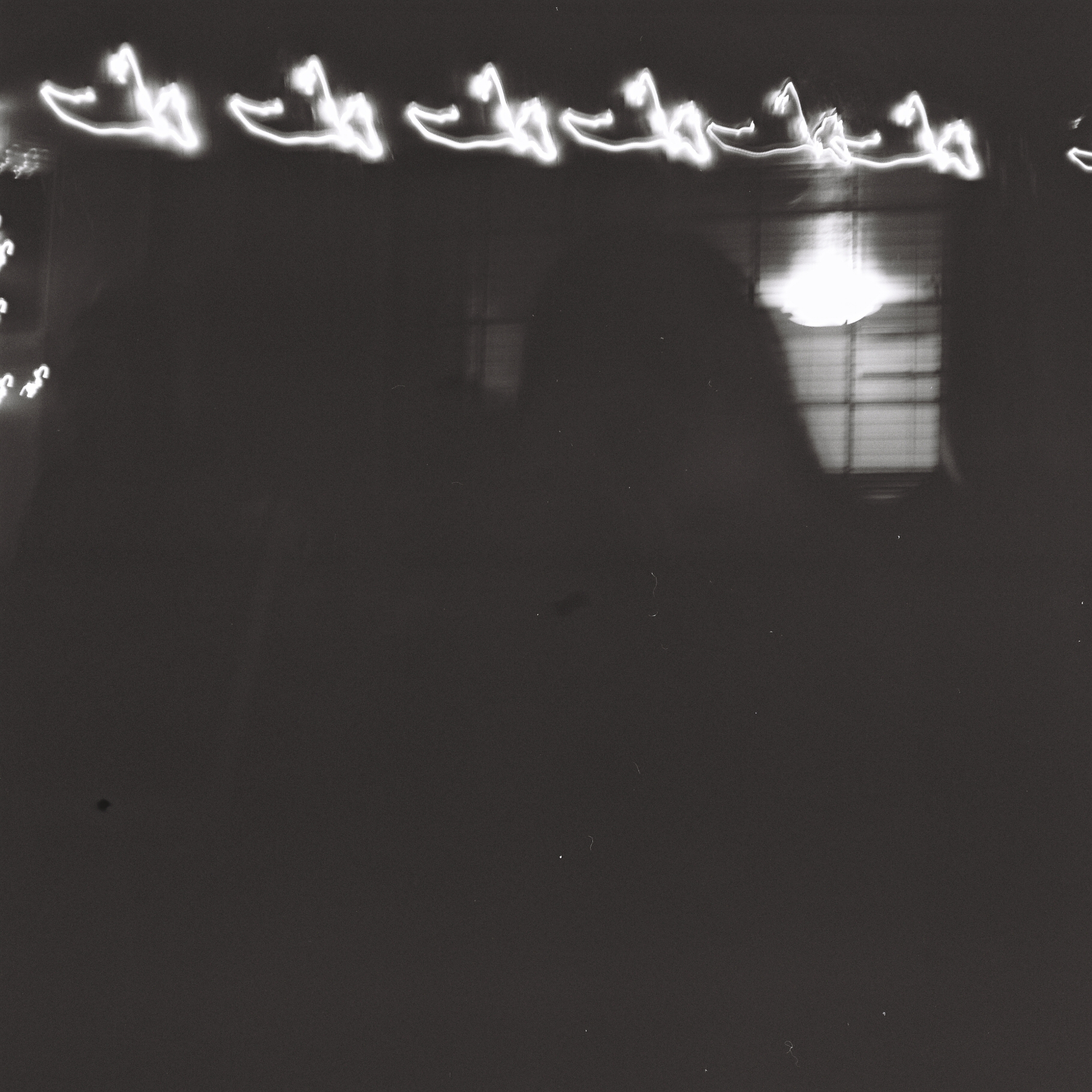
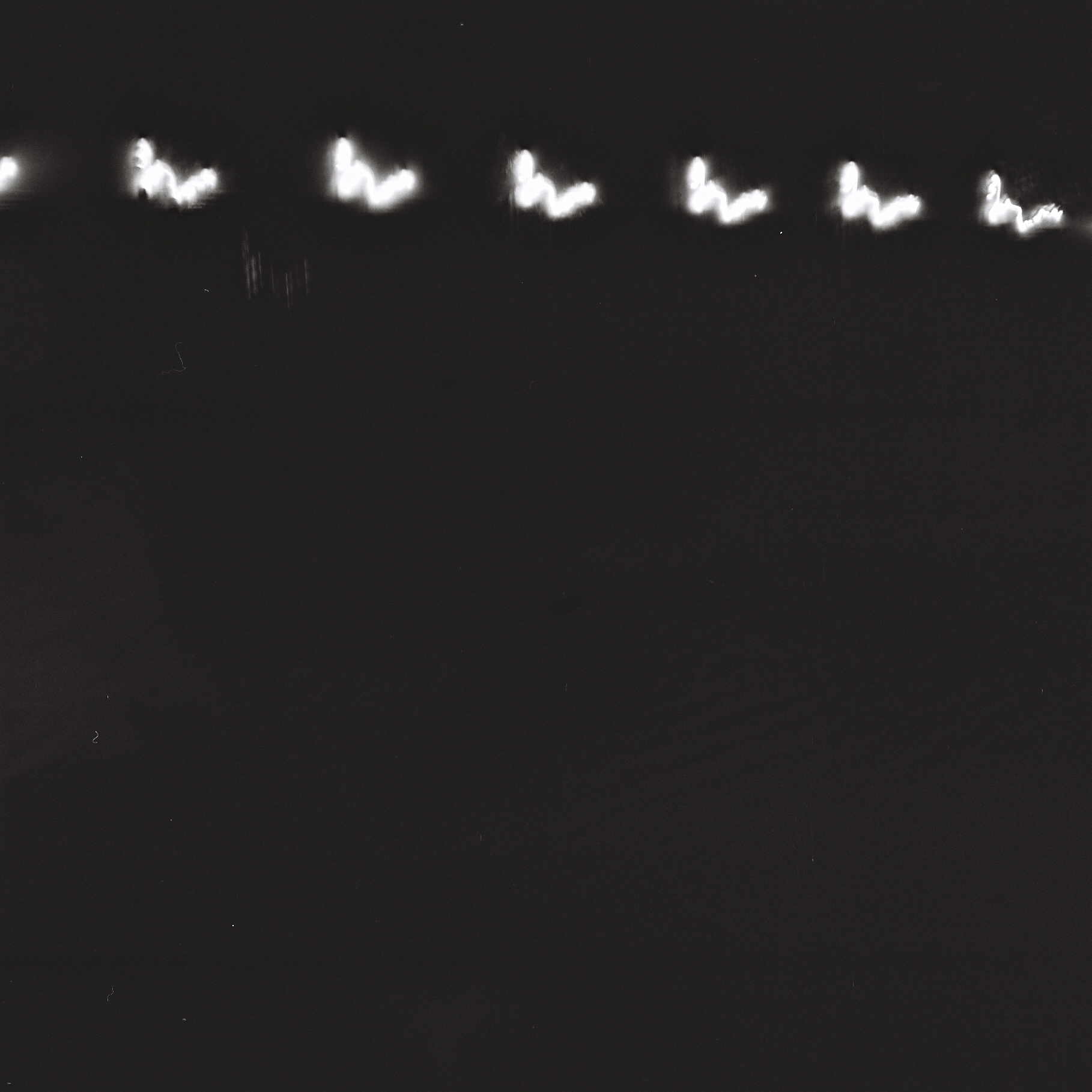
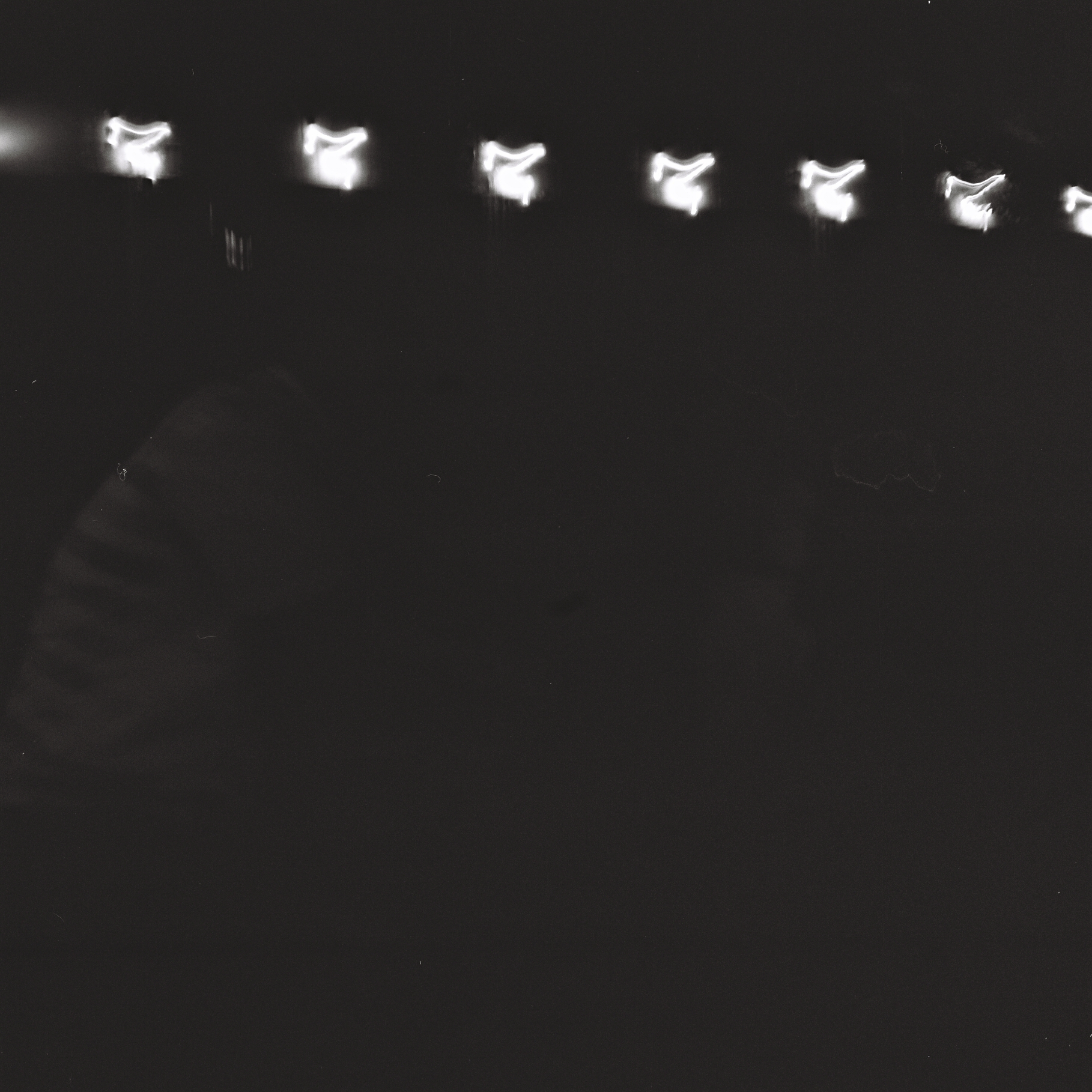
Over the holiday break my mother took me to Maui. These pictures are snapshots of us trying to come up for air after my brother’s sudden death. They’re pictures of me thinking about how I came to be in such a strikingly beautiful place. Pictures of my mom that make me think about how much I’ll miss her one day. The sea is a blouse for time. Before we left, I looked up history. I learned about the overthrow of the Hawaiian Kingdom in 1893, about Clinton’s vapid apology 100 years later, about the way tourism shapes and robs a place of its placeness--how it creates a different place and maybe my ideas of place are skewed and essentialist. I thought about how knowledge always seems to come in pieces, after it’s too late, about how I’ll never see my brother again, about how much he would have loved Hawaii, about how much I wish I could swim with him.
S u m m e r 2 0 1 9 : C D M X
When I visited Templo Mayor in México City, all I could think about were the layers. César pointed me to this one spot where, in a single vertical plane, I could see a slab of Tenōchtitlan (1325-1521), above it one side of the oldest cathedral in Latin America (which the conquistadors started building on top of and out of materials from Templo Mayor in 1573), and above that a hipster bar. What anthropologists have not been able to uncover about the ancient city is vast. The “now” makes itself on top of history. I looked at the layers and saw our skin cells in piles. I saw, in those material constructions, art and labor. But I also saw greed and lies and miscommunication and torment and loss and devastation. I felt one version of our human nature: we take before we look.
To stand there was to feel how afraid humans have been for so long. Time started seeping through. It was time to eat. It was time to meet a friend, time to catch the bus. A bus is a time machine packed full of bodies. We had to keep going. I wanted to share these photos because I love them so much, because I’ve dreamed about going to México City for so long and the two weeks I spent there this summer were beautiful and tiny. One needs years to visit a city.
When I visited Templo Mayor in México City, all I could think about were the layers. César pointed me to this one spot where, in a single vertical plane, I could see a slab of Tenōchtitlan (1325-1521), above it one side of the oldest cathedral in Latin America (which the conquistadors started building on top of and out of materials from Templo Mayor in 1573), and above that a hipster bar. What anthropologists have not been able to uncover about the ancient city is vast. The “now” makes itself on top of history. I looked at the layers and saw our skin cells in piles. I saw, in those material constructions, art and labor. But I also saw greed and lies and miscommunication and torment and loss and devastation. I felt one version of our human nature: we take before we look.
To stand there was to feel how afraid humans have been for so long. Time started seeping through. It was time to eat. It was time to meet a friend, time to catch the bus. A bus is a time machine packed full of bodies. We had to keep going. I wanted to share these photos because I love them so much, because I’ve dreamed about going to México City for so long and the two weeks I spent there this summer were beautiful and tiny. One needs years to visit a city.
In 2016, I was given a B r o w n i e H a w k e y e camera. Sometimes I take it with me places.
I don't feel pressure. I take pictures of what moves me, an amateur relief from the burden of language. There is no theme. Composition is the only element I know how to think about: color and light, lines and shapes next to each other. I don't think about the kind of film I use; I can’t remember its properties by the time I click the square gray button.
Months go by.
I mail the film to a developer and they email the images back to me. It's a way to keep surprise in my life. When I receive the images, I've mostly forgotten the things I tried to capture. As much as the images reflect a material moment, they also reflect an earlier version of my mind. I reacquaint myself with whatever I was.
Months go by.
I mail the film to a developer and they email the images back to me. It's a way to keep surprise in my life. When I receive the images, I've mostly forgotten the things I tried to capture. As much as the images reflect a material moment, they also reflect an earlier version of my mind. I reacquaint myself with whatever I was.




